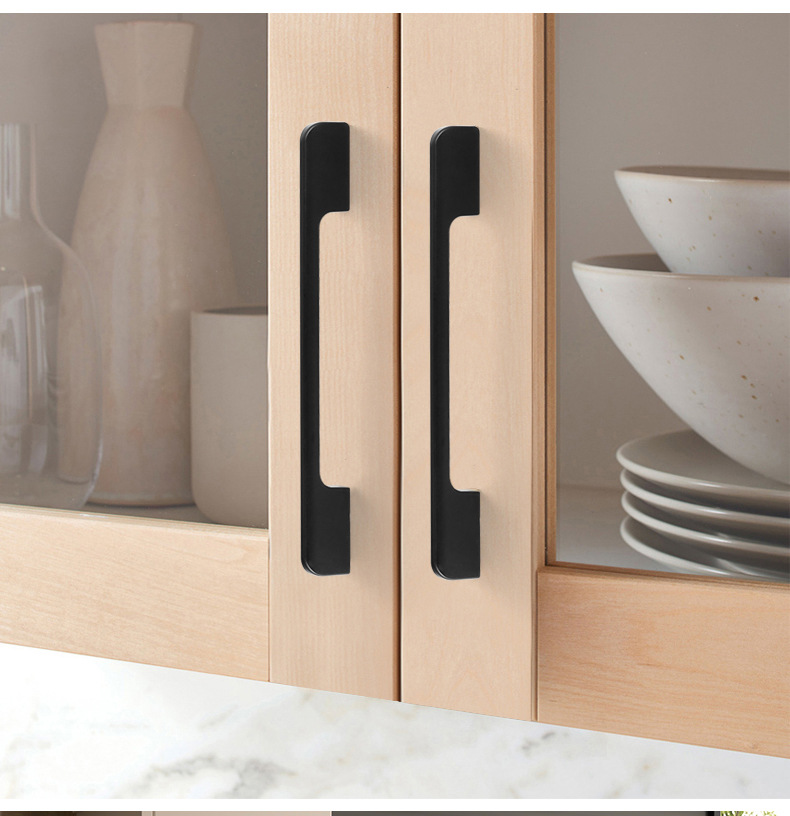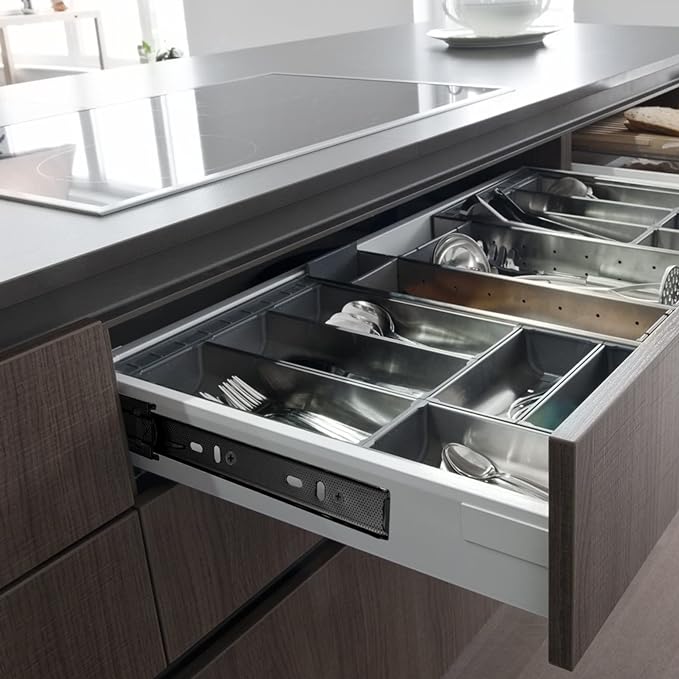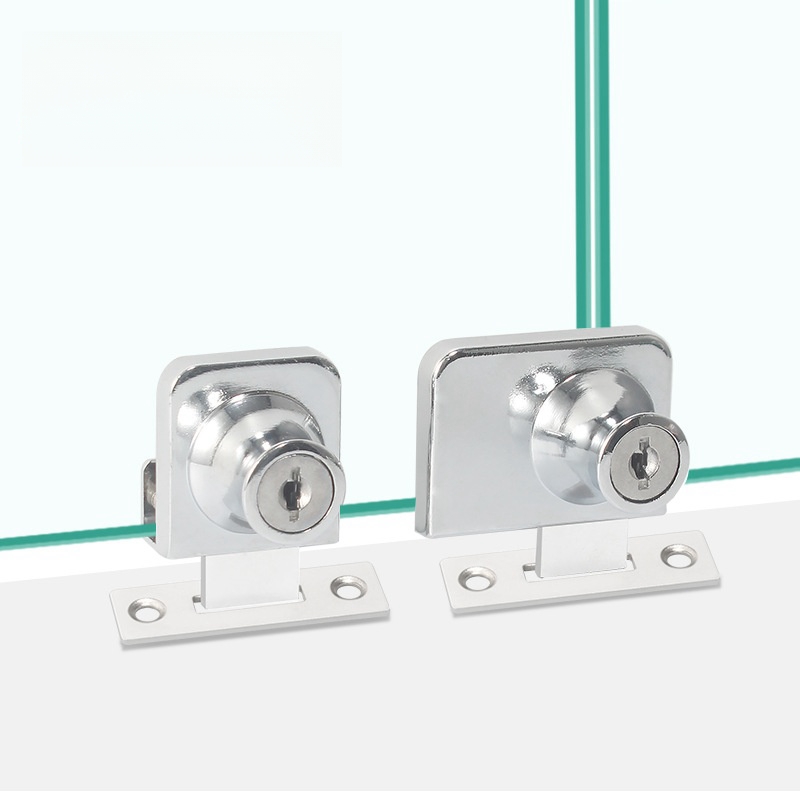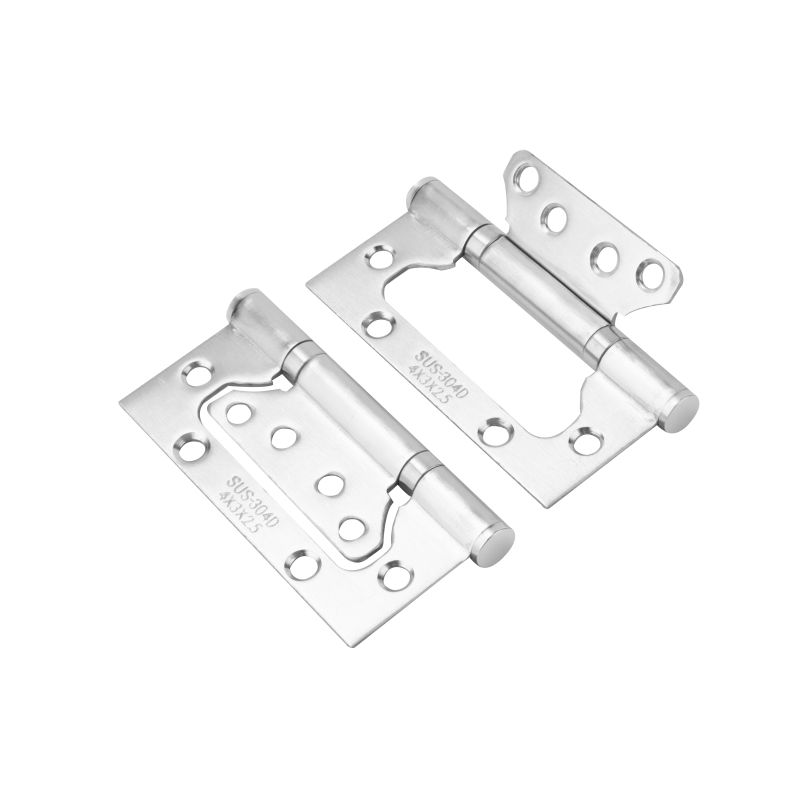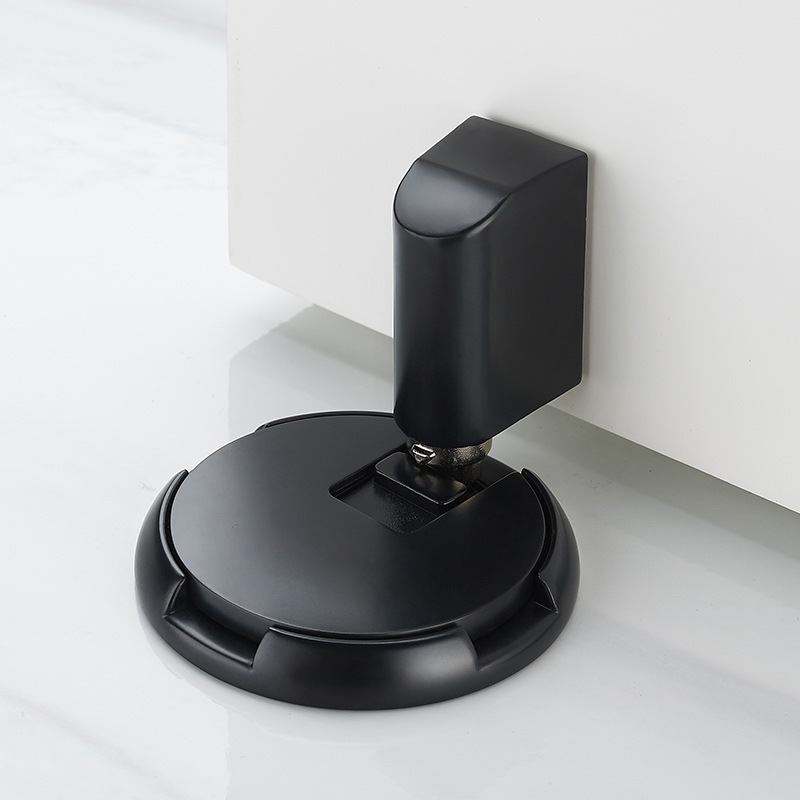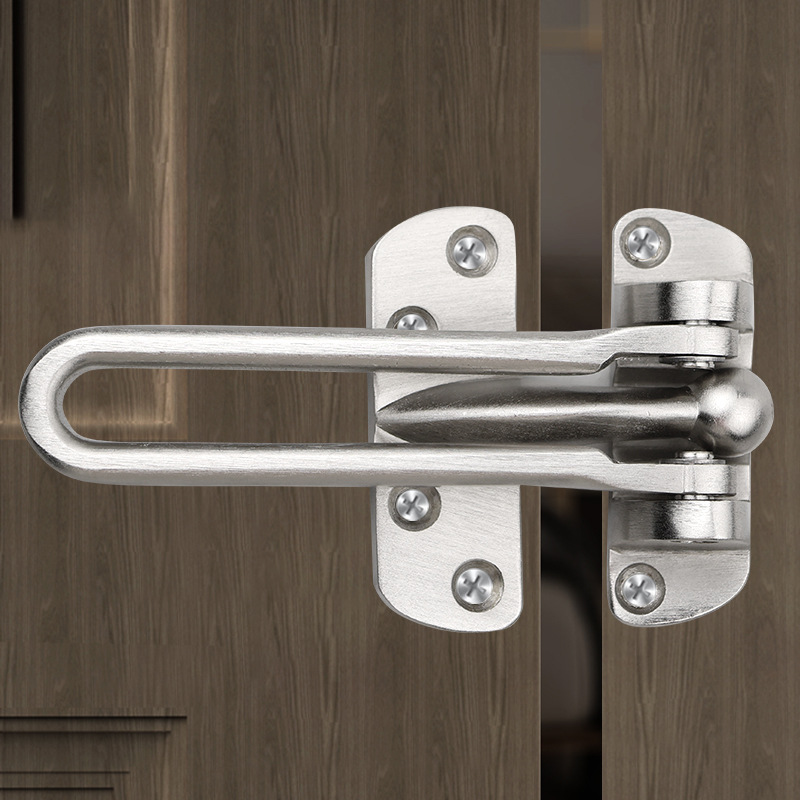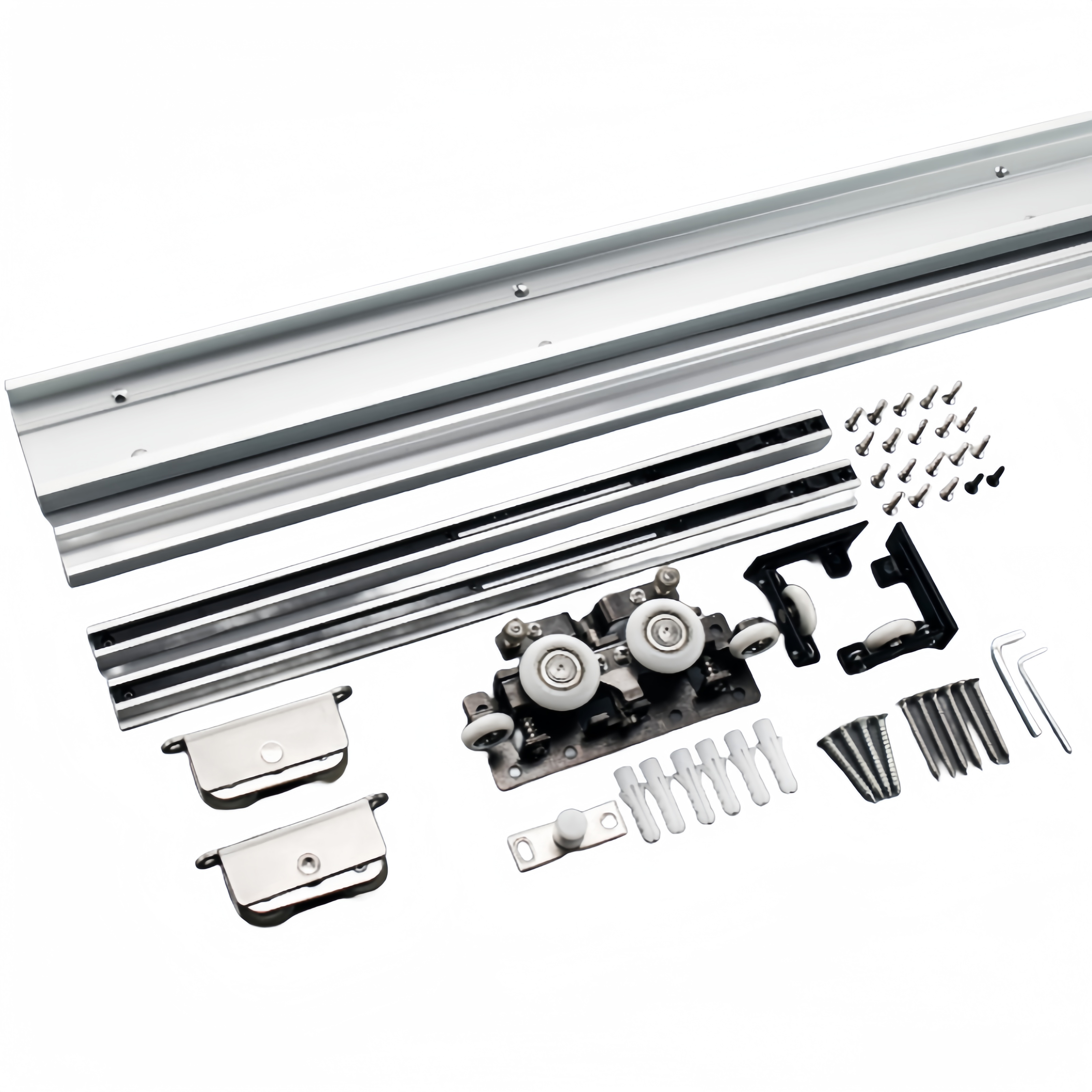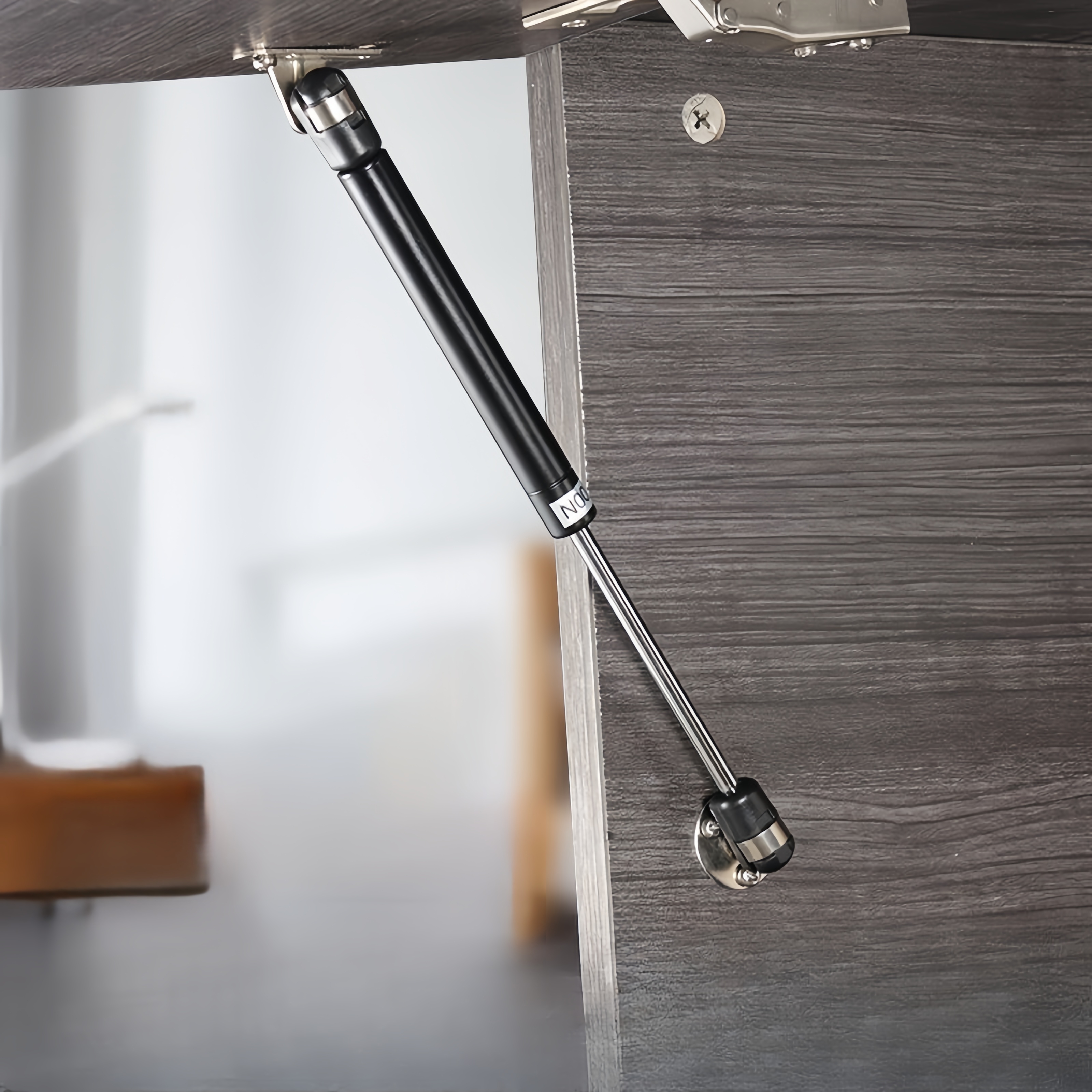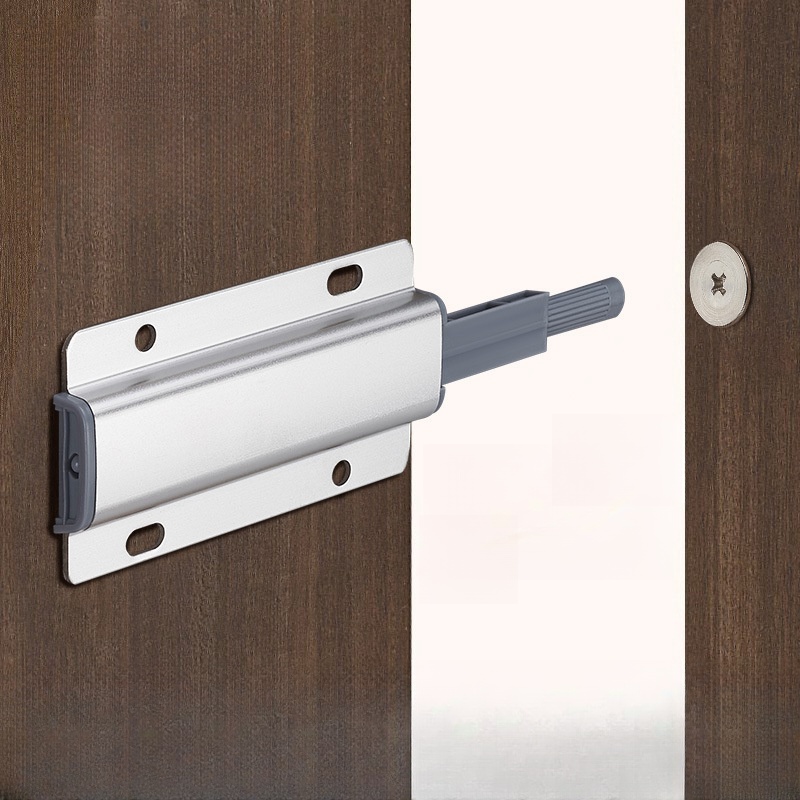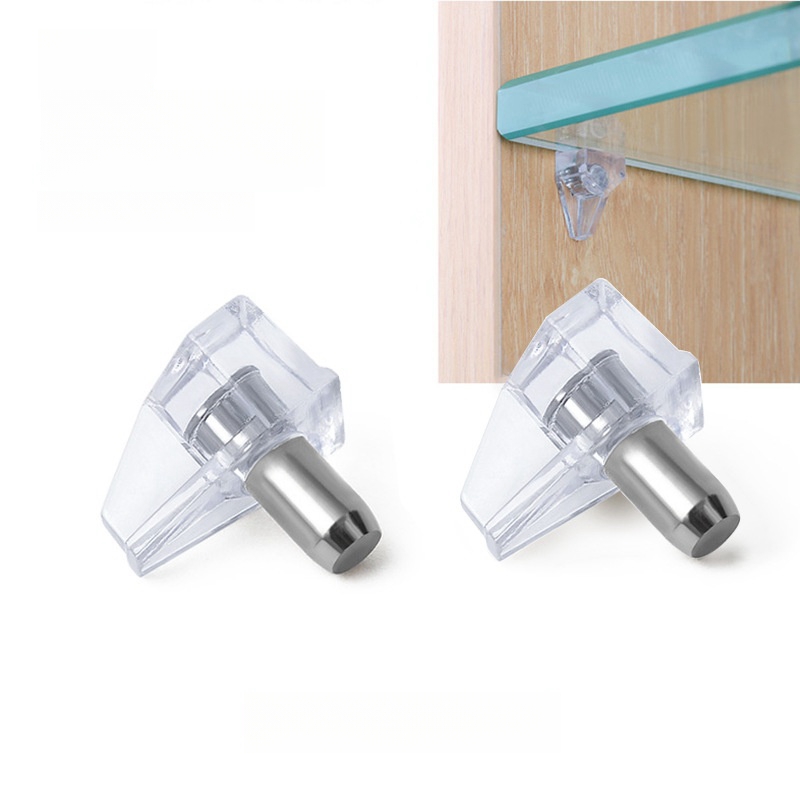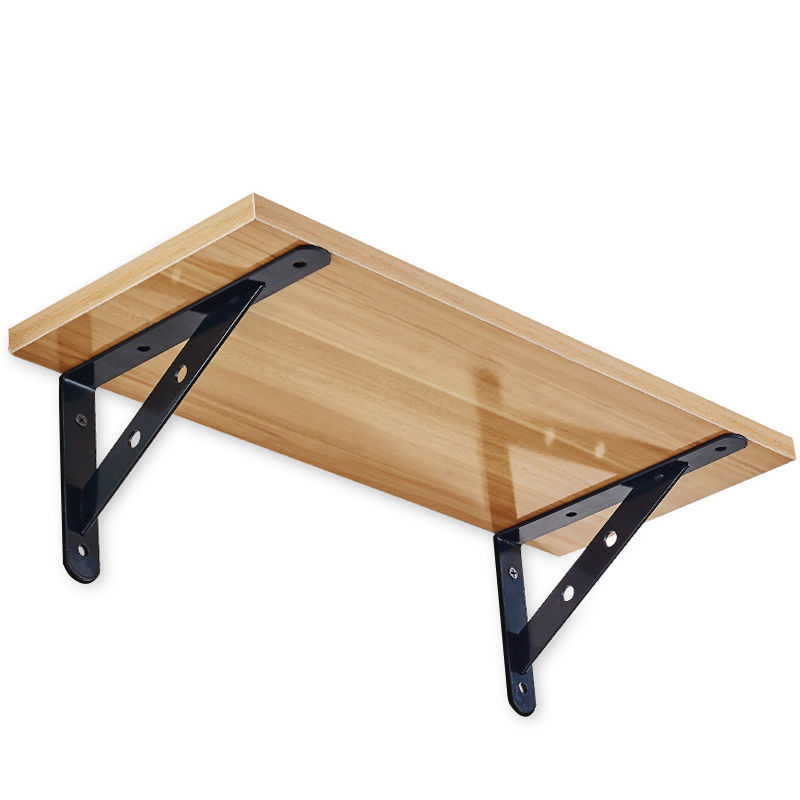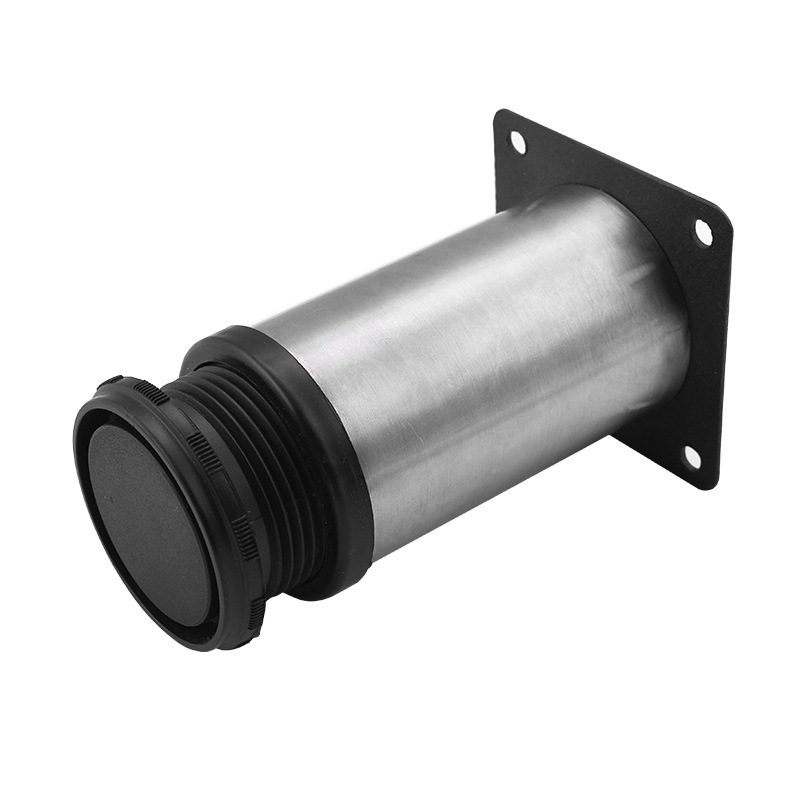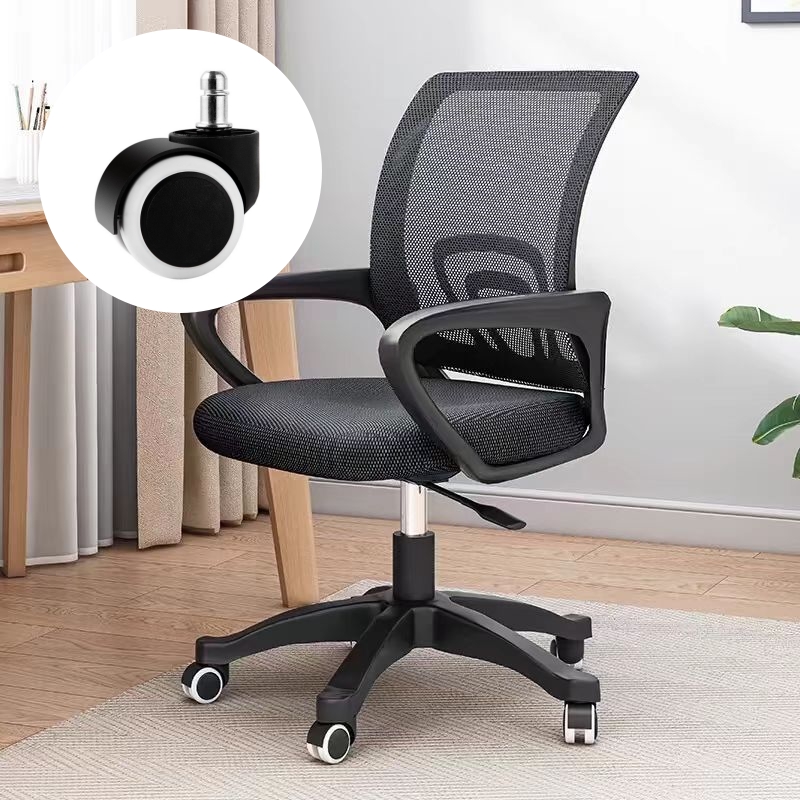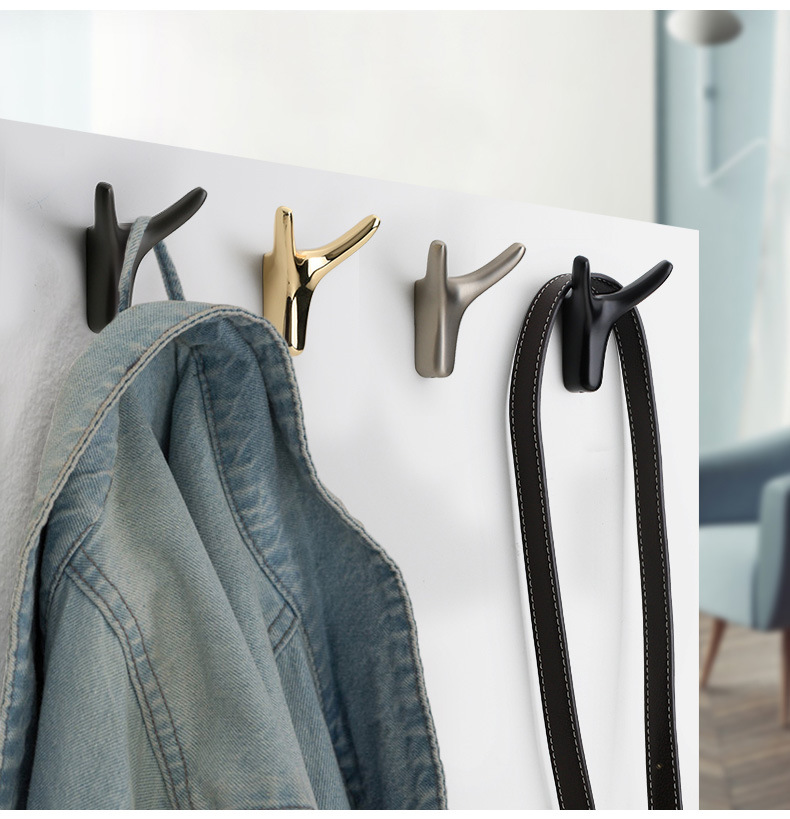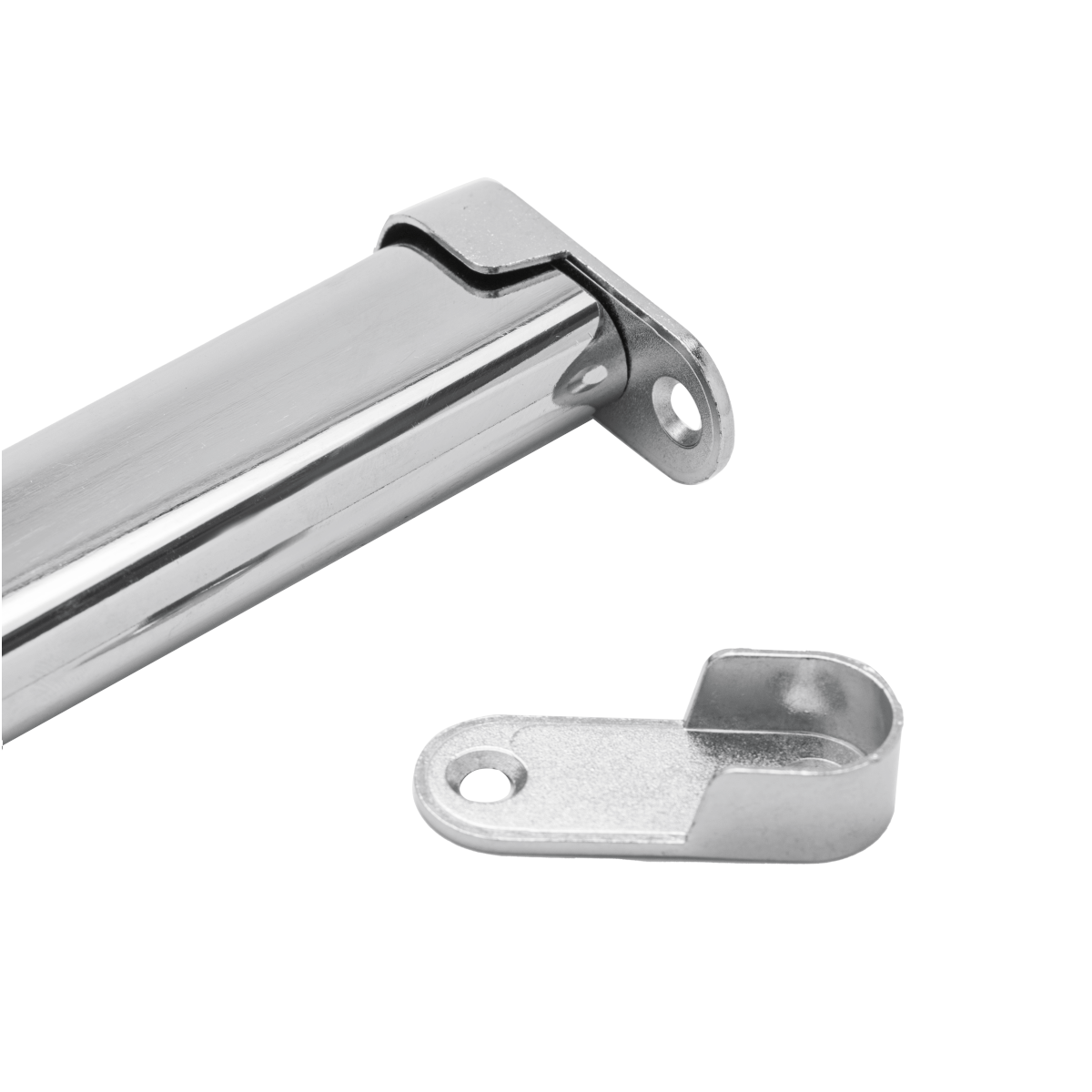
ABOUT
Guangzhou Toplink hardware Co., Ltd specialized in the production and export of furniture hardware fittings, with an experience of more than 14 years.
Our main products are drawer locks, cabinet hinges, sliding rails, cabinet handles, casters, cabinet legs and connecting fittings etc..
With a complete range of products, excellent performance and reasonable prices we have built up business with many customers all over the world.
We are committed to strict quality control and considerate customer service. We sincerely looking forward to becoming your best choice and the most reliable partner!
PRODUCTS
spring loaded barrel bolt latches
Construction and Mechanics
At its core, a spring-loaded barrel bolt latch is a remarkably straightforward device. It typically consists of a cylindrical barrel, a spring, a bolt, and a strike plate. The barrel, usually made of metal, houses the bolt and the compression spring. This spring is what provides the latch's "spring-loaded" characteristic, constantly pushing the bolt outward towards the strike plate. The bolt itself protrudes from one end of the barrel and engages with the strike plate when the latch is closed.
The simplicity of this design lends itself to easy manufacturing and installation. The barrel is typically inserted into a pre-drilled hole, often requiring only a simple screw to secure it in place. The strike plate is similarly affixed to the mating surface, providing a reliable point of engagement for the bolt. The precision engineering of the internal components ensures smooth operation and reliable locking, even after years of use.
Variations in materials impact the durability and longevity of the latch. While cheaper models might utilize lower-grade metals, higher-end options often incorporate stronger materials like stainless steel for increased resistance to corrosion and wear. The spring itself is crucial; its strength determines the latch's holding power and its resistance to being forced open.
Types and Variations
While the basic principle remains consistent, spring-loaded barrel bolt latches come in numerous variations to suit different needs. The most common distinctions lie in size, material, and features. Size, of course, dictates the application, with smaller latches ideal for cabinets and larger ones for gates or exterior doors. Material choices, as discussed earlier, impact durability and corrosion resistance.
Some latches incorporate additional features such as thumb latches or levers, enhancing ease of use. These mechanisms provide a more convenient way to engage and disengage the bolt compared to simply pushing or pulling the barrel. Others include locking mechanisms, often requiring a key or other security device, elevating their security level beyond a simple spring-loaded latch. These variations demonstrate the adaptability of this basic design to a wide range of security requirements.
The design of the strike plate also varies. Some are simple plates with a receiving hole for the bolt, while others might incorporate additional features like a lip to help prevent the bolt from being easily dislodged. The choice of strike plate often depends on the specific application and the level of security required.
Applications and Uses
The versatility of spring-loaded barrel bolt latches is perhaps their most compelling attribute. Their simple and reliable mechanism lends itself to countless applications across diverse industries. In residential settings, they are prevalent in cabinets, drawers, toolboxes, and smaller storage units where a simple locking mechanism is needed. Their ease of installation and low cost make them an ideal solution for DIY projects and furniture assembly.
Beyond the home, these latches find extensive use in commercial applications. They're common in the construction, manufacturing, and transportation industries, often securing access panels, equipment compartments, and other components requiring simple, dependable fastening. Their robust nature and resistance to harsh environments make them a popular choice in outdoor applications.
Even in specialized settings, you'll find spring-loaded barrel bolts playing a crucial role. They might secure access doors to electrical panels, safeguard valuable equipment, or protect sensitive instruments. The ability to withstand vibrations and other environmental stresses makes them a reliable choice for numerous industrial applications.
Advantages and Disadvantages
Like any mechanical device, spring-loaded barrel bolt latches possess both advantages and disadvantages. On the plus side, their simplicity translates to ease of installation, low cost, and straightforward maintenance. Their reliable operation ensures a consistent locking mechanism, and their widespread availability makes replacement readily accessible.
However, their simplicity also presents limitations. Their security is relatively low compared to more complex locking mechanisms. They can be easily forced open with sufficient force, making them unsuitable for high-security applications. Their relatively small size also limits their strength, restricting their use to situations where significant holding force is not required.
Furthermore, the reliance on a spring mechanism means the latch’s effectiveness can degrade over time due to spring fatigue. This can lead to reduced holding power and increased susceptibility to failure. Regular inspection and replacement are recommended for applications requiring consistent reliability.
Future Trends and Innovations
While the fundamental design of the spring-loaded barrel bolt latch has remained largely unchanged for decades, ongoing advancements in materials science and manufacturing techniques continue to refine its performance and durability. The incorporation of higher-strength materials, improved spring designs, and enhanced surface treatments leads to increased resistance to corrosion and wear.
Furthermore, integration with electronic locking mechanisms is an emerging trend. While not replacing the core mechanical functionality, integrating electronic controls allows for remote locking and unlocking, providing additional security and convenience. This fusion of traditional mechanical engineering with modern electronic systems expands the application and capabilities of this ubiquitous latch.
In conclusion, the seemingly simple spring-loaded barrel bolt latch is a testament to effective design and versatile functionality. Its widespread use across diverse applications highlights its enduring relevance, proving that sometimes, simplicity is the ultimate sophistication in engineering.
SUBSCRIBE
INQUIRY
